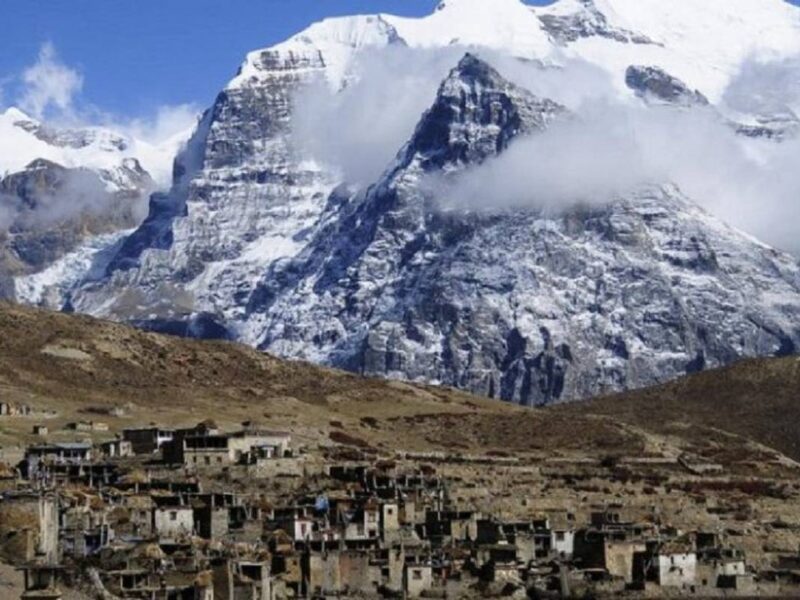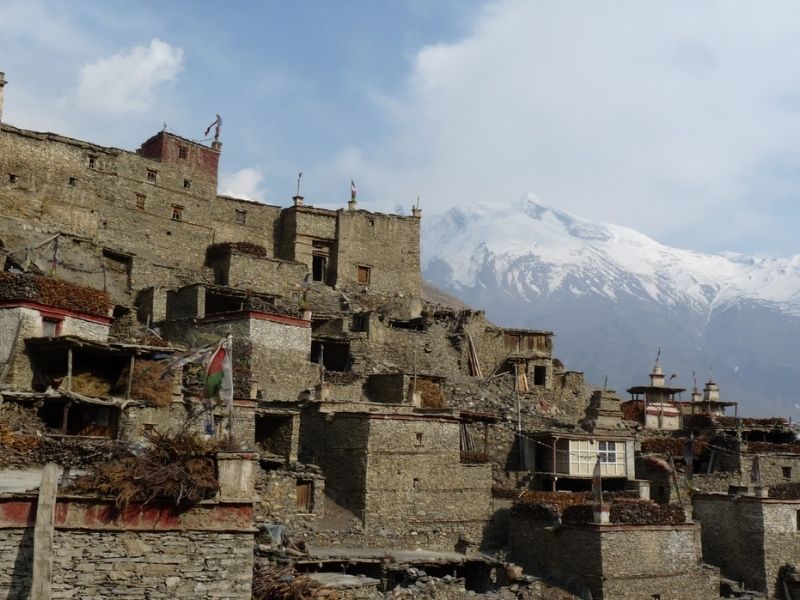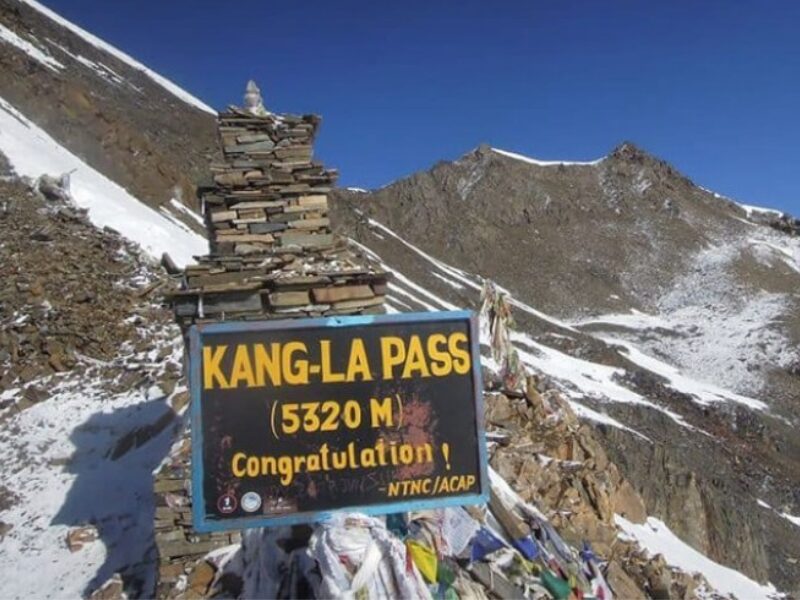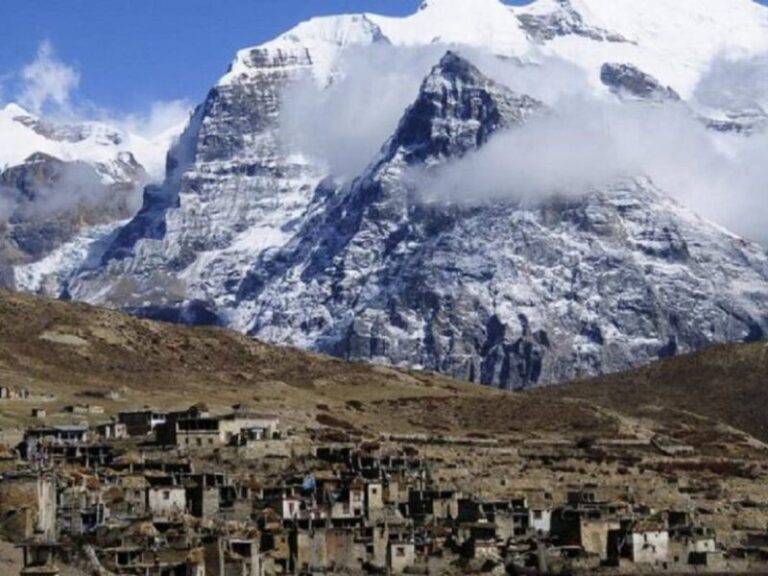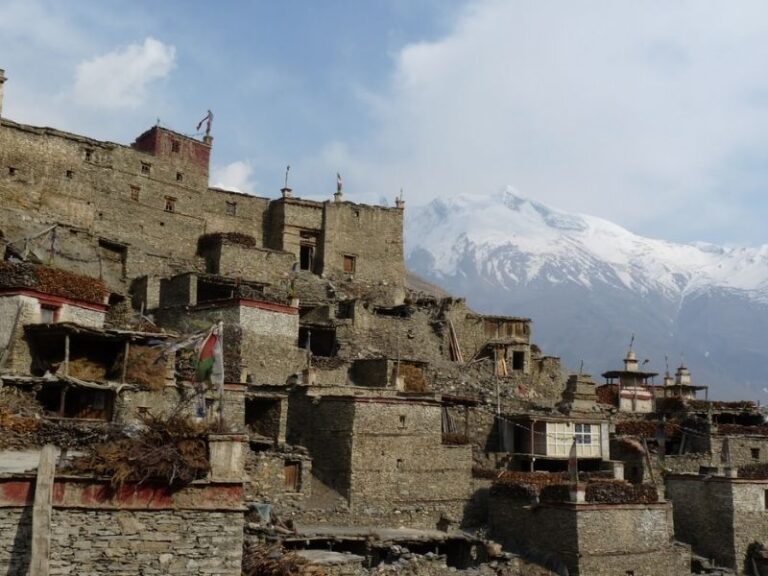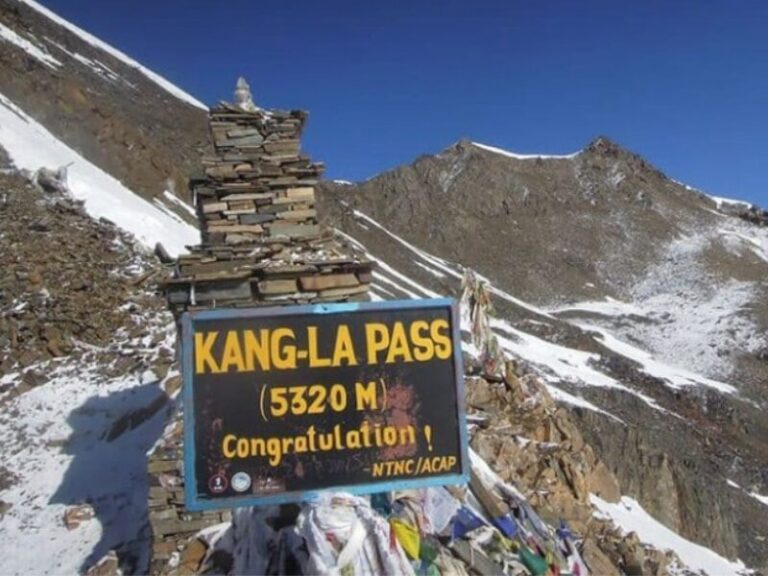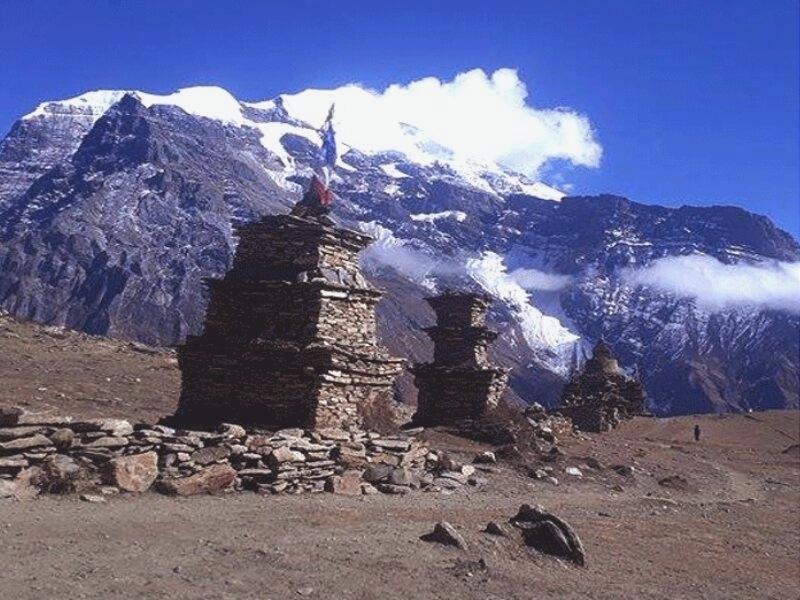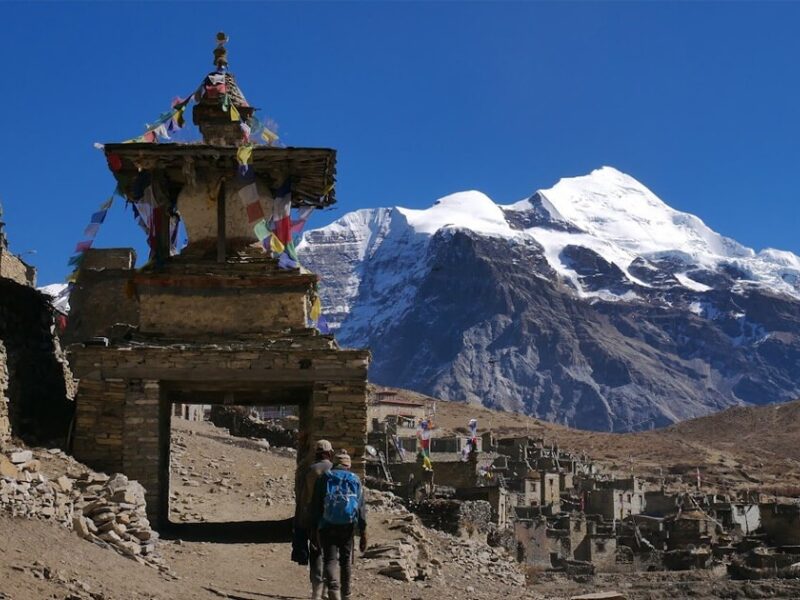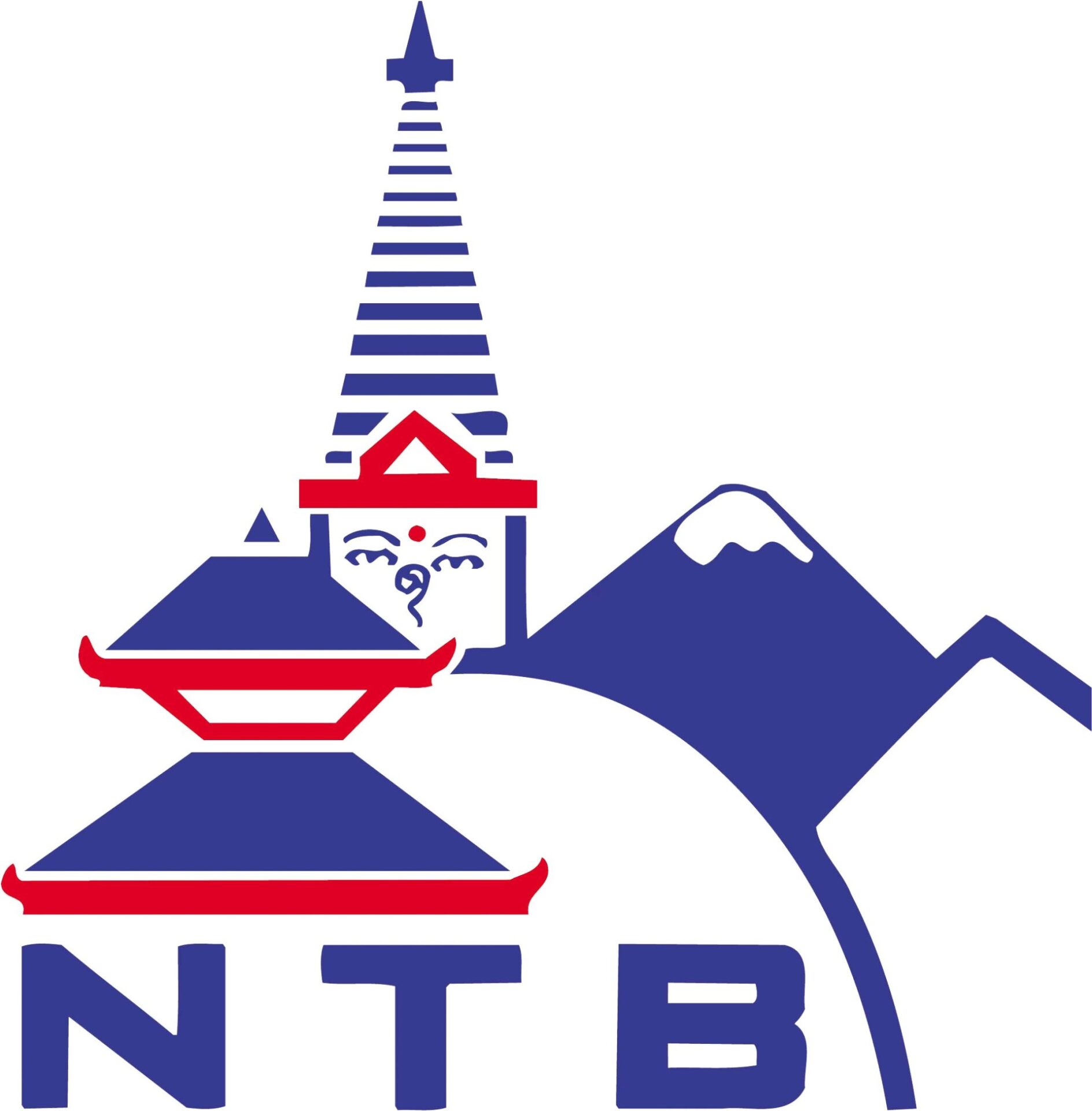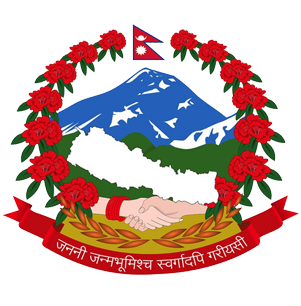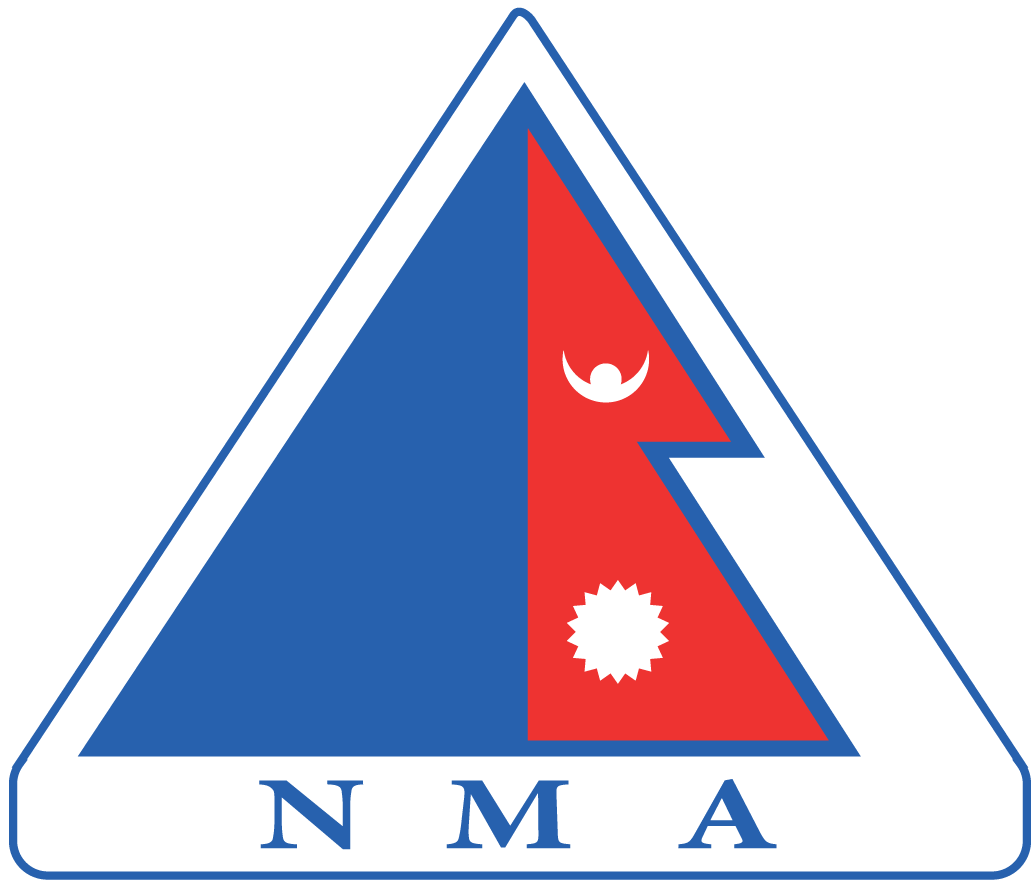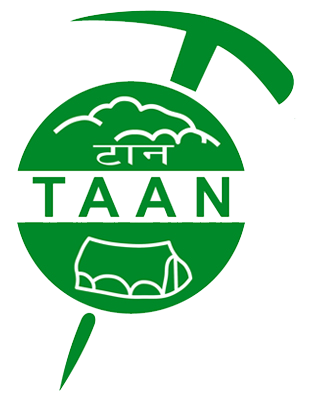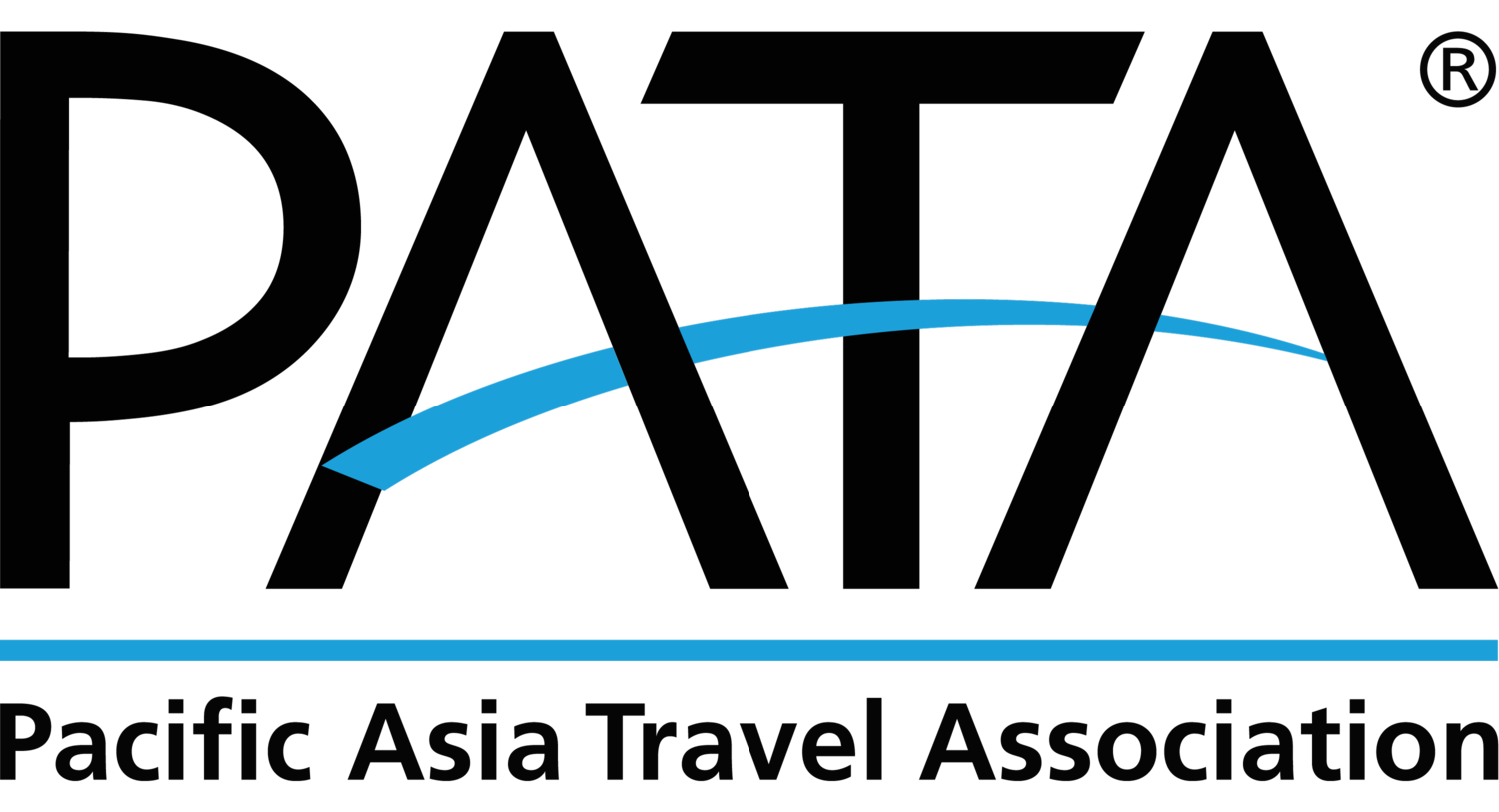Nar Valley Trek
Explore the Remote Beauty of Nar Valley Trek – Annapurna Region
Nar Valley, nestled in the serene Annapurna region, stands as a witness to untouched beauty and cultural richness. This remote village, surrounded by majestic mountains and pristine landscapes, is home to the Khampas, a community of Tibetan refugees. The residents of Nar Valley live a life deeply rooted in Tibetan traditions, preserving their unique cultural heritage amid the breathtaking natural surroundings.
The village is a haven for those seeking an authentic experience off the beaten path. The narrow trails that pass through the valley encounter traditional Tibetan architecture, with stone-built houses adorned with colorful prayer flags fluttering in the mountain breeze. The surrounding mountains provide a stunning backdrop, offering trails that lead to hidden gems such as high-altitude passes (Kang la Pass) and panoramic viewpoints.
Trip Overview
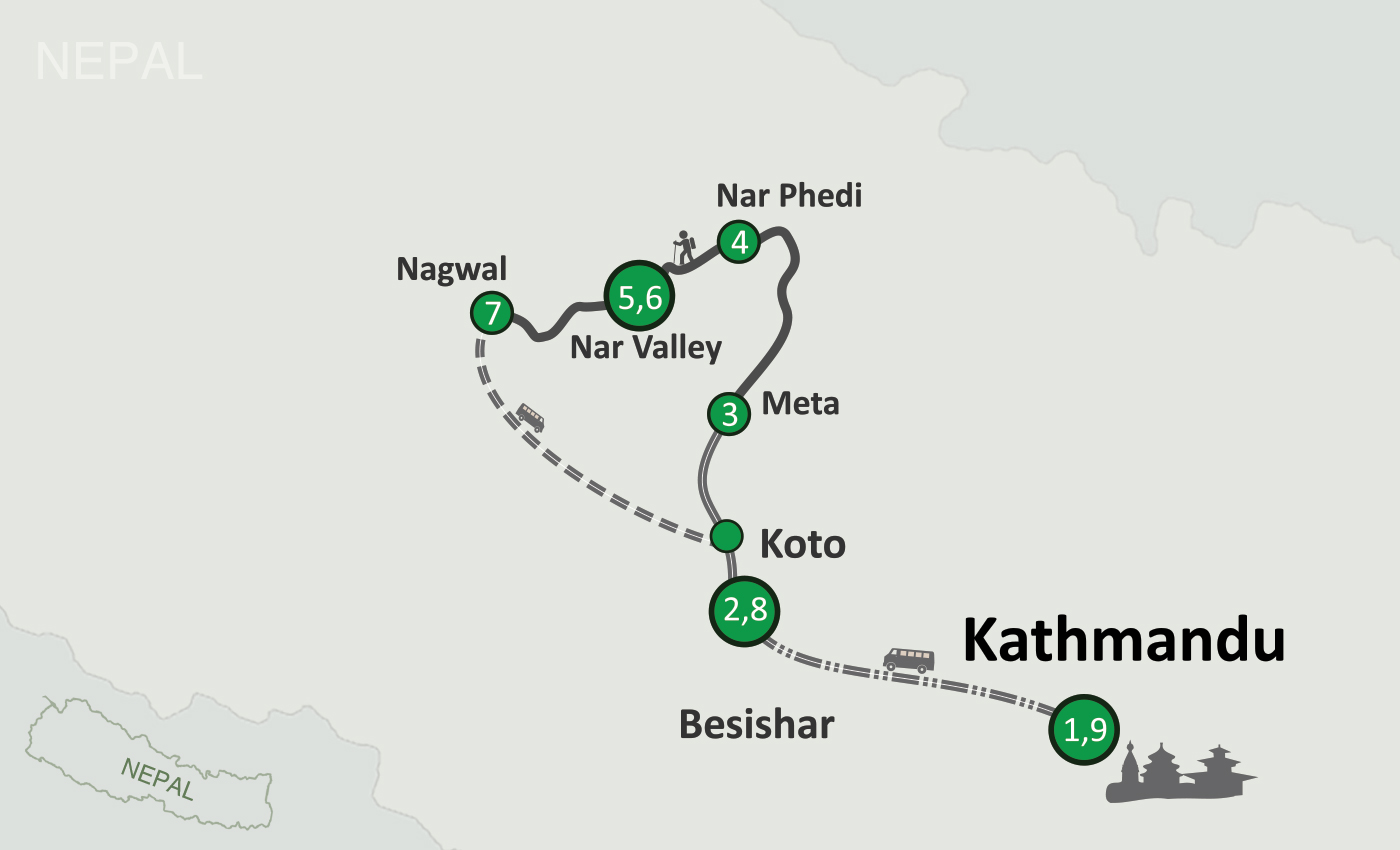
 Start: Kathmandu
Start: Kathmandu  End: Kathmandu
End: Kathmandu Outline Itinerary
Kathmandu (Arrival) – Transfer to Hotel (Private Transfer)
Kathmandu – Besishar – Koto (Drive – Private Transfer)
Koto (2600 m; 8 hrs)Koto – Meta
Meta (3560 m; 7 hrs)Meta – Nar Phedi
Nar Phedi (3490 m; 4 hrs)Nar Phedi – Nar Valley
Nar Valley (4200 m; 4 hrs)Nar Valley
Nar Valley (4200 m)Nar Valley – Kang La – Nagwal
Kang La (5320 m; 3 hrs) Ngawal (3660 m; 4 hrs)Ngawal – Upper Pisang – Besishar (Drive – Private Transfer)
Besishar (823 m; 7 hrs)Besishar – Kathmandu
Kathmandu (1400 m; 6 hrs)Kathmandu (Departure)
Price Inclusion
- Airport transfers on a tourist vehicle
- Entire accommodation during the trek – 2 nights at hotel in Kathmandu, and 7 nights in lodges/guesthouse during trek to Nar Valley
- Hotel breakfast during the stay at Kathmandu
- Private tourist vehicle (Kathmandu to Koto), (Upper Pisang to Besishar) and (Kathmandu to Besishar)
- Experienced, government licensed, English-speaking or another language trekking guide
- All necessary permits for Annapurna Conservation Area and Nar Phu Valley restricted area
- Porters during the trek for carrying luggage (1 porter for every 2 pax)
- All government taxes and administrative expenses
- Local staff insurances
Price Exclusion
- International flight tickets and Nepal Entry Visa
- Personal travel insurance
- Any meals during the Trek
- Any expenses of a personnel nature, e.g., telephone calls, laundry, table drinks, etc.
- Any Tips to Guides, Drivers, and Trekking Staffs
- Any entrance fees for cameras and video cameras at the monuments
- Any other services not mentioned above
- Cost of any emergency evacuation, strikes, etc.
Detail Itinerary
Expand AllKathmandu (Arrival) – Transfer to Hotel (Private Transfer)
Upon arrival in Kathmandu, the capital city of Nepal, our representative will be waiting at the airport for your welcome. Then board a private vehicle and be transferred to your hotel. Check into your hotel and rest after your journey.
Depending on your arrival time, you may have the opportunity to explore ancient temples and vibrant markets and experience the unique atmosphere of Nepalese urban life.
Kathmandu – Besishar – Koto (Drive – Private Transfer)
Early in the morning, your trekking guides will pick you up from your hotel and head towards your destination. Embark on a scenic drive that takes you through scenic landscapes, terraced fields, and charming villages. You will reach Besisahar, a bustling town and the gateway to the Annapurna Circuit. Then, you will again have a rugged journey to Koto.
The road is challenging, with incredible scenery. On the route to Koto, you will ride through amazing gorges and stunning waterfalls.
Koto – Meta
After having breakfast, you will start your trek towards Meta. On the way, you will cross the river to enter the Nar Phu Valley, where restricted area permits are checked. You will follow the river bank of Soti Khola through a wonderful forest of pine, cascading streams, and suspension bridges to reach Dharmshala.
After crossing Dharamshala, your forest will be thinner, and you will get amazing views of the surrounding area. After a few hours of walking through the forest, you will ascend to Meta. Meta Village offers a stunning view of Lamjung Himal and Annapurna II.
Meta – Nar Phedi
On the short trek to Nar Phedi, you will follow the trail with unique, colorful Tibetan Buddhist chortens. The trail crosses different waterfalls and suspension bridges to reach Nar phedi. Naar phedi separates the way to Phu Valley and Nar Valley. Upon reaching Nar Phedi, you will visit the Thang Choephel Ling Monastery, which also provides stunning views of several Himalayan ranges.
Nar Phedi – Nar Valley
After exploring the Nar Phedi monasteries and village, you will ascend to the Nar Valley. The trail follows a winding path up a hill where you pass a line of wonderful painted, bamboo-topped Chortens. The trail to Nar provides you with magnificent views of Annapurna I, II, III, and Pisang Peak. After a few hours of walking in a barren, rugged area, you will reach Nar Valley, an ancient valley.
Nar Valley
Today, you will have an acclimatization day at Nar Valley. You can rest or explore the Nar village. You can also explore the tradition, culture, serval monasteries, and chortens in Nar village. You will witness the unique way of preserving culture in Nar Valley, as you will see that at least one child from each family studies Buddhism. In the spring season, you can also go on a Yarshagumba search mission with the local community.
Nar Valley – Kang La – Nagwal
Today, you will have a challenging day. After breakfast in an ancient village, you will ascend up towards the highest point of the trek, Kang La Pass (5320 m). The trail ascends through yak pastures while providing you with stunning views of Pisang Peak. Then you will walk through the Kang La Phedi and slowly ascend to Kang La Pass.
After an hour of ascending a steep path, you will cross the pass. From the top of the Kang La pass, you will witness the mesmerizing views of the Annapurna range. Tilicho Peak and Gangapurna. After witnessing the view of the Himalayan range and ancient valley from the top, you will follow the descent trail towards Nagwal, where you will see beautiful landscapes.
Ngawal – Upper Pisang – Besishar (Drive – Private Transfer)
After having breakfast, you will follow the trail, which is surrounded by rocky terrain, shrubs, and occasional juniper trees. With every step, the views get more spectacular of the Annapurna range as well as unique vistas of the Pisang valley. Upon reaching Upper Pisang, you will get in a private vehicle towards Besishar.
On the ride to Besishar, you will have a rough road with a view of charming little villages and rhododendron forests. After a few hours of riding, you will reach Besishar, a gateway to Annapurna Circuit.
Besishar – Kathmandu
Today, you will drive back to Kathmandu from Besishar. The 6-hour ride will take you through scenic landscapes, terraced fields, and charming tiny villages. After reaching Kathmandu, you will be escorted towards the hotel, and in the evening, you will have a farewell dinner.
Kathmandu (Departure)
Depending on your flight schedule, our representative will escort you towards the airport. Before your fight schedule starts, you may have some free time in Kathmandu for last-minute shopping or sightseeing.
Why you'll love this trip
- Explore the remote valley of the Annapurna region
- Observe the culture, tradition, and lifestyle of Tibetan people
- Experience the warm hospitality of the Khampas community (Tibetan people)
- Enjoy panoramic mountain views of the Annapurna range, Gangapurna, Himlung Himal, and Tilicho Peak
- Observe and stay in an ancient village
- Witness unique traditional Tibetan architecture and colorful prayer stones, colorful prayer flags, and monasteries
- Pass the Kang La pass (5320 m)
- Explore the diverse flora and fauna in the Annapurna Conservation Area
When To Visit
The best time to begin the Nar Valley trek is during the spring (March to May) and autumn (September to November) seasons. The weather is generally stable during these times, with clear skies and comfortable temperatures. This makes the trekking trails more comfortable and provides beautiful views of the surrounding Annapurna peaks. Spring brings blooming rhododendrons and lush greenery, while autumn showcases vibrant fall colors against the backdrop of snow-capped mountains. These seasons provide wonderful conditions for trekking enthusiasts, allowing them to fully appreciate the cultural richness and untouched beauty of Nar Valley without the challenges of harsh conditions.

Cannot see your date or not satisfied with the itinerary? We may be able to add new trip dates.
Contact UsElevation Chart
Trip Gallery
FAQs for Nar Valley Trek
What permits are required for the Nar Valley trek?
Trekkers need to obtain the Annapurna Conservation Area Permit (ACAP) and the Nar Phu Valley restricted area permit. These permits can be obtained in Kathmandu before starting the trek.
Is it necessary to hire a guide and porter for the Nar Valley trek?
Yes, hiring a local guide and porter is recommended as it is a restricted area. The guide will help you with your permits in restricted areas and guide you through this unfamiliar region. A guide can provide valuable insights into the local culture and navigate the trails, while a porter can ease the physical strain of carrying a heavy backpack, allowing trekkers to enjoy the journey more comfortably.
What is the emergency evacuation plan in case of illness or injury?
Familiarize yourself with the nearest medical facilities along the trek route. Consider purchasing travel insurance that covers emergency evacuation. In case of an emergency, contact local authorities or your trekking agency for assistance.
What should I pack for the Nar Valley trek?
Essential items include sturdy trekking boots, warm clothing layers, a good-quality backpack, a sleeping bag suitable for cold temperatures, and personal hygiene items. It’s crucial to pack light while ensuring you have all the necessary items for changing weather conditions.
Are there accommodations and food facilities along the Nar Valley trek?
Teahouses and basic lodges are available along the trekking route, providing essential amenities such as beds and meals; don’t expect luxury. The menu may be limited, consisting mainly of local and international dishes. It’s advisable to bring a sleeping bag, some snacks, and a reusable water bottle for the journey.

